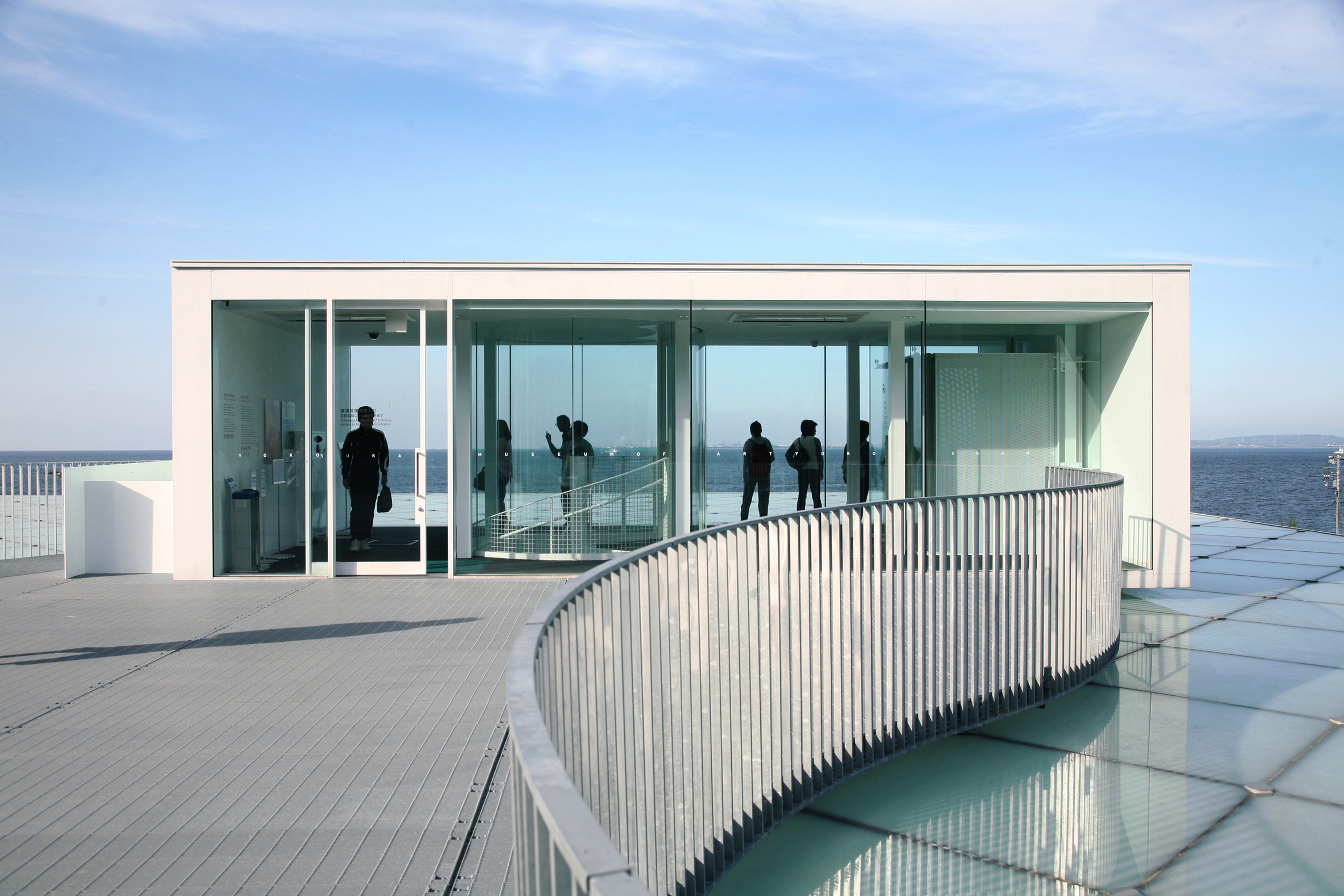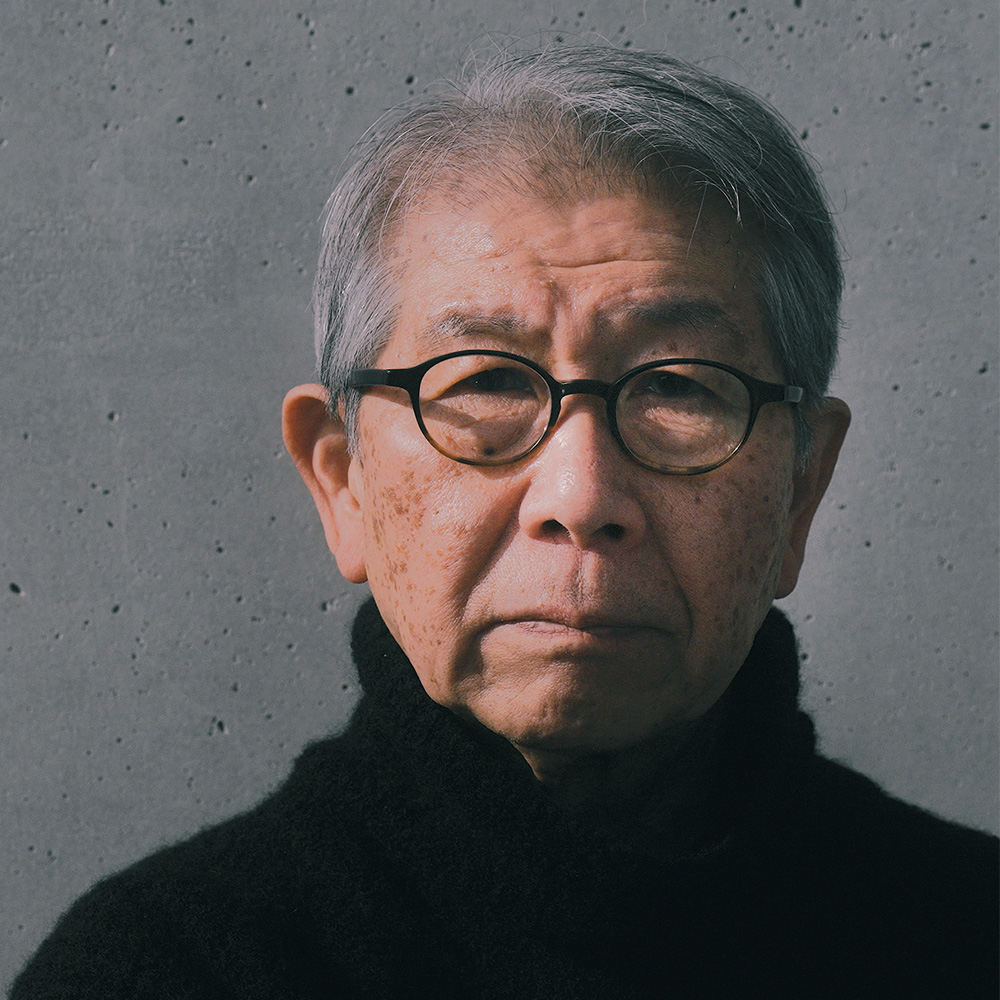The Pritzker Architecture Prize announces Riken Yamamoto, of Yokohama, Japan, as the 2024 Laureate of the Pritzker Architecture Prize, the award that is regarded internationally as architecture’s highest honor.
Yamamoto, architect and social advocate, establishes kinship between public and private realms, inspiring harmonious societies despite a diversity of identities, economies, politics, infrastructures, and housing systems. Deeply embedded in upholding community life, he asserts that the value of privacy has become an urban sensibility, when in fact, members of a community should sustain one another. He defines community as a “sense of sharing one space,” deconstructing traditional notions of freedom and privacy while rejecting longstanding conditions that have reduced housing into a commodity without relation to neighbors. Instead, he bridges cultures, histories and multi-generational citizens, with sensitivity, by adapting international influence and modernist architecture to the needs of the future, allowing life to thrive.
“For me, to recognize space, is to recognize an entire community,” Yamamoto expresses. “The current architectural approach emphasizes privacy, negating the necessity of societal relationships. However, we can still honor the freedom of each individual while living together in architectural space as a republic, fostering harmony across cultures and phases of life.”
The 2024 Jury Citation states, in part, that he was selected “for creating awareness in the community in what is the responsibility of the social demand, for questioning the discipline of architecture to calibrate each individual architectural response, and above all for reminding us that in architecture, as in democracy, spaces must be created by the resolve of the people...”
By reconsidering boundary as a space, he activates the threshold between public and private lives, achieving social value with every project, as each abounds with places for engagement and chance encounters. Small- and large-scale built works alike demonstrate masterly qualities of the spaces themselves, providing focus on the life that each one frames. Transparency is utilized so that those from within may experience the environment that lies beyond, while those passing by may feel a sense of belonging. He offers a consistent continuity of landscape, designing in discourse to the preexisting natural and built environments to contextualize the experience of each building.


He has evolved influences from traditional Japanese machiya and Greek oikos housing that existed in relationship to cities, when connectivity and commerce were essential to the vitality of every family. He designed his own home, GAZEBO (Yokohama, Japan 1986) to invoke interaction with neighbors from terraces and rooftops. Ishii House (Kawasaki, Japan 1978), built for two artists, features a pavilion-like room, that extends outdoors and serves as a stage to host performances, while living quarters are embedded beneath.
“Yamamoto develops a new architectural language that doesn’t merely create spaces for families to live, but creates communities for families to live together,” says Tom Pritzker, Chair of the Hyatt Foundation, which sponsors the award. “His works are always connected to society, cultivating a generosity in spirit and honoring the human moment.”
Larger housing projects also embody relational elements, assuring that even residents who live alone don’t dwell in isolation. Pangyo Housing (Seongnam, Republic of Korea 2010), a complex of nine low-rise housing blocks is designed with nonprescriptive transparent ground floor volumes that catalyze interconnectedness between neighbors. A communal deck across the second floor encourages interaction, featuring spaces for gathering, playgrounds, gardens and bridges that connect one housing block to another.
View more selected architectural works from Riken Yamamoto
Watch additional announcement videos about Riken Yamamoto winning the Pritzker Architecture Prize
“One of the things we need most in the future of cities is to create conditions through architecture that multiply the opportunities for people to come together and interact. By carefully blurring the boundary between public and private, Yamamoto contributes positively beyond the brief to enable community,” explains Alejandro Aravena, Jury Chair and 2016 Pritzker Prize Laureate. “He is a reassuring architect who brings dignity to everyday life. Normality becomes extraordinary. Calmness leads to splendor.”
Civic buildings achieving specific functions also affirm public purpose and assurance. The Hiroshima Nishi Fire Station (Hiroshima, Japan, 2000), appears entirely transparent, with its glass louvered façade and interior glass walls. Visitors and passersby may view through to the central atrium to witness the daily activity and training of firefighters, and are encouraged to grow acquainted with the civil servants who protect them in the many designated public areas of the building. Fussa City Hall (Tokyo, Japan 2008) is conceived as two mid-rise towers, rather than one high-rise to compliment the surrounding neighborhood of low-rise buildings. Concave bases invite visitors to recline and rest, while green public rooftop and lower levels are designated for flexible public programming.

Saitama Prefectural University (Koshigaya, Japan 1999), specializing in nursing and health sciences, is composed of nine buildings connected by terraces that transition into walkways leading to transparent volumes that allow views from one classroom to another, but also from one building to the next, encouraging interdisciplinary learning. Such fellowship is fostered even within the youngest generations at Koyasu Elementary School (Yokohama, Japan 2018), which features generous, undivided terraces extending learning spaces, permitting sights into and from each classroom, and encouraging relationships amongst students across grades levels.
He considers the user experience first, designing Yokosuka Museum of Art (Yokosuka, Japan 2006) as both a destination for travelers and a daily reprieve for locals. While the inviting serpentine entrance evokes the surrounding Tokyo Bay and nearby mountains, many of the galleries are underground, providing those who approach with a clear, undisturbed visual experience of the natural geography. Visitors may view through to the landscape and other galleries from round cutouts in all common spaces, uniting these otherwise distinctive environments so that those inside are impressed upon not only by the artwork, but by the activity of others in the spaces alongside them.
His career has spanned five decades and his projects, ranging from private residences to public housing, elementary schools to university buildings, institutions to civic spaces, and city planning, are located throughout Japan, People’s Republic of China, Republic of Korea and Switzerland. Significant built works also include Nagoya Zokei University (Nagoya, Japan, 2022), THE CIRCLE at Zürich Airport (Zürich, Switzerland, 2020), Tianjin Library (Tianjin, People’s Republic of China, 2012), Jian Wai SOHO (Beijing, People’s Republic of China, 2004), Ecoms House (Tosu, Japan, 2004), Shinonome Canal Court CODAN (Tokyo, Japan, 2003), Future University Hakodate (Hakodate, Japan, 2000), Iwadeyama Junior High School (Ōsaki, Japan, 1996) and Hotakubo Housing (Kumamoto, Japan, 1991).
Yamamoto is the 53rd Laureate of the Pritzker Architecture Prize and the ninth to hail from Japan. He was born in Beijing, People’s Republic of China, and resides in Yokohama, Japan. He will be honored in Chicago, Illinois, United States of America this spring and the 2024 Laureate Lecture will be held at S. R. Crown Hall, Illinois Institute of Technology, in partnership with the Chicago Architecture Center, on May 16th, open to the public in-person and online.
Related Stories
| Aug 11, 2010
National Association of Governors adopts AIA policy of reaching carbon neutrality in buildings by 2030
As part of their comprehensive national Energy Conservation and Improved Energy Efficiency policy, the National Association of Governors (NGA) has adopted the promotion of carbon neutral new and renovated buildings by 2030 as outlined by the American Institute of Architects (AIA).
| Aug 11, 2010
Installation work begins on Minnesota's largest green roof
Installation of the 2.5 acre green roof vegetation on the City-owned Target Center begins today. Over the course of two days a 165 ton crane will hoist five truckloads of plant material, which includes 900 rolls of pre-grown vegetated mats of sedum and native plants for installation on top of the arena's main roof.
| Aug 11, 2010
AASHE releases annual review of sustainability in higher education
The Association for the Advancement of Sustainability in Higher Education (AASHE) has announced the release of AASHE Digest 2008, which documents the continued rapid growth of campus sustainability in the U.S. and Canada. The 356-page report, available as a free download on the AASHE website, includes over 1,350 stories that appeared in the weekly AASHE Bulletin last year.
| Aug 11, 2010
AECOM, Arup, Gensler most active in commercial building design, according to BD+C's Giants 300 report
A ranking of the Top 100 Commercial Design Firms based on Building Design+Construction's 2009 Giants 300 survey. For more Giants 300 rankings, visit http://www.BDCnetwork.com/Giants
| Aug 11, 2010
AIA approves Sika Sarnafil’s continuing education courses offering sustainable design credits
Two continuing education courses offered by Sika Sarnafil have been approved by the American Institute of Architects (AIA) and are now certified to fulfill the AIA’s new Sustainable Design continuing education requirements.
| Aug 11, 2010
HNTB, Arup, Walter P Moore among SMPS National Marketing Communications Awards winners
The Society for Marketing Professional Services (SMPS) is pleased to announce the 2009 recipients of the 32nd Annual National Marketing Communications Awards (MCA). This annual competition is the longest-standing, most prestigious awards program recognizing excellence in marketing and communications by professional services firms in the design and building industry.
| Aug 11, 2010
'Flexible' building designed to physically respond to the environment
The ecoFLEX project, designed by a team from Shepley Bulfinch, has won a prestigious 2009 Unbuilt Architecture Design Award from the Boston Society of Architects. EcoFLEX features heat-sensitive assemblies composed of a series of bi-material strips. The assemblies’ form modulate with the temperature to create varying levels of shading and wind shielding, flexing when heated to block sunlight and contracting when cooled to allow breezes to pass through the screen.
| Aug 11, 2010
New book provides energy efficiency guidance for hotels
Recommendations on achieving 30% energy savings over minimum code requirements are contained in the newly published Advanced Energy Design Guide for Highway Lodging. The energy savings guidance for design of new hotels provides a first step toward achieving a net-zero-energy building.
| Aug 11, 2010
Perkins+Will master plans Vedanta University teaching hospital in India
Working together with the Anil Agarwal Foundation, Perkins+Will developed the master plan for the Medical Precinct of a new teaching hospital in a remote section of Puri, Orissa, India. The hospital is part of an ambitious plan to develop this rural area into a global center of education and healthcare that would be on par with Harvard, Stanford, and Oxford.







